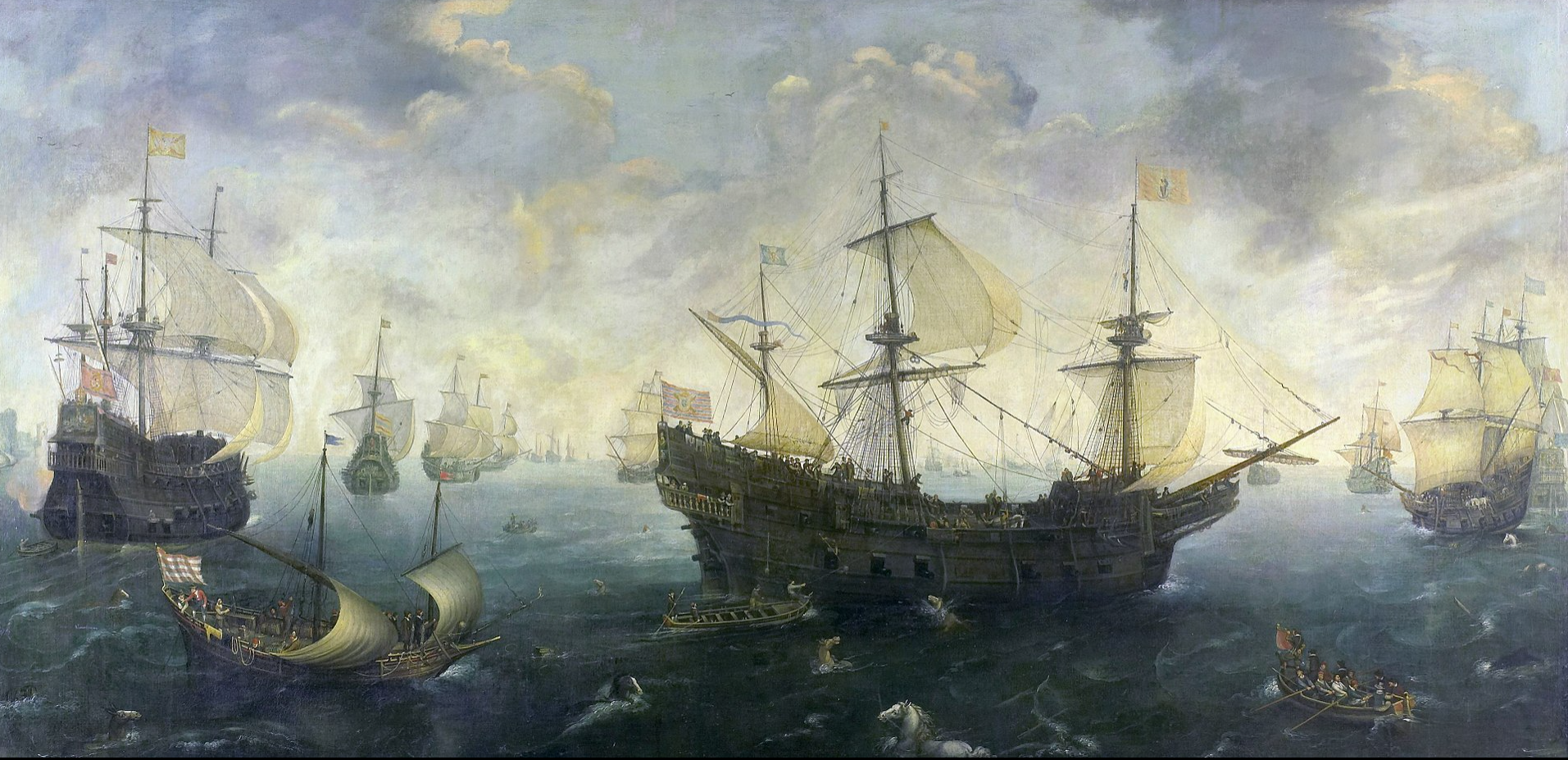Belchamp Walter in the 16th Century
This is the Tudor and Elizabethan era, Henry VII died 1509, Henry VIII 1547, Edward VI 1553, Queen Mary 1558 and the Elizabeth I.
The sixteenth century marks a time where the history of Belchamp Walter makes a transistion between a history being badly documented to that of a chronical that everyone can see on the walls of St. Mary's church. The events in the country both politically and with the Church determined the fate of the Church and the control of the village that we now know as Belchamp Walter.
Thomas Wright and the Duchess of Cleveland both describe the connection between Kent, Hertforshire, Gestingthorpe and Belchamp Walter.
Belchamp Walter Church was "victim" of the Reformation, the English Civil War and other upheavals in the country at this time. The Manor of Belchamp Walter "came" to to Sir Roger Wentworth in 1539
There is actually more going on here than was previously recorded with respect to Belchamp Walter. The Tudors were setthing the scene both nationally and internationally. Henry VIII, Mary I and Elizabeth I created a situation that must have had an effect on what happened in Belchamp Walter.
The state of religious authority was in flux and this lead to changes that were reflected in what you see in Belchamp Walter. The chantry chapel in St.Mary's was destroyed in 1574 under Elizabeth I's reign.
In addition to the changes that accompanied the exploits of Henry VIII, I don't need to document it here - there are those that tell this story far better than I, the activities of Elizabeth with the Spanish definitely had consequences on Belchamp Walter.
The involvement with the antics of Queen Elizabeth, Spanish Armada and the support of pirates such as Frances Drake and Walter Rayleigh plus a dalliance with Robert Dudley, 1st Earl of Leicester, it was a busy second half of the Century.
The Wentworth involvement in the region set the stage for John, of the family currently residing at the Hall (or maybe another family member), to sell the manor in 1611 to the family of the current occupants.
The Armada
Whether the actions in the English Channel and the waters around the UK were of major importance in Belchamp Walter's history is debateable. It is well known that Elizabeth 1st made much of this skirmish, but it seems that it was more of a "PR" exercise. The involvement of those associated with the village is tenuous at best. The English had been plundering the Spanish fleet for a large part of the century, treasures from the "New World" were taken from many Spanish galleons but why would an "attack" fleet be carrying such treasure?
In addition as a "follow-up" the attempted Spanish invasion, which was undoubtedly foiled by the English, the English (Elizabeth I) mounted a counter-armada in 1589 which was defeated badly by the Spanish. Philip II's naval power was set for dominance in the Seventeeth Century.
The family name of Harris was associated here. The political situation in England, the end of the Elizabethan era was setting the stage for unrest in the country.
